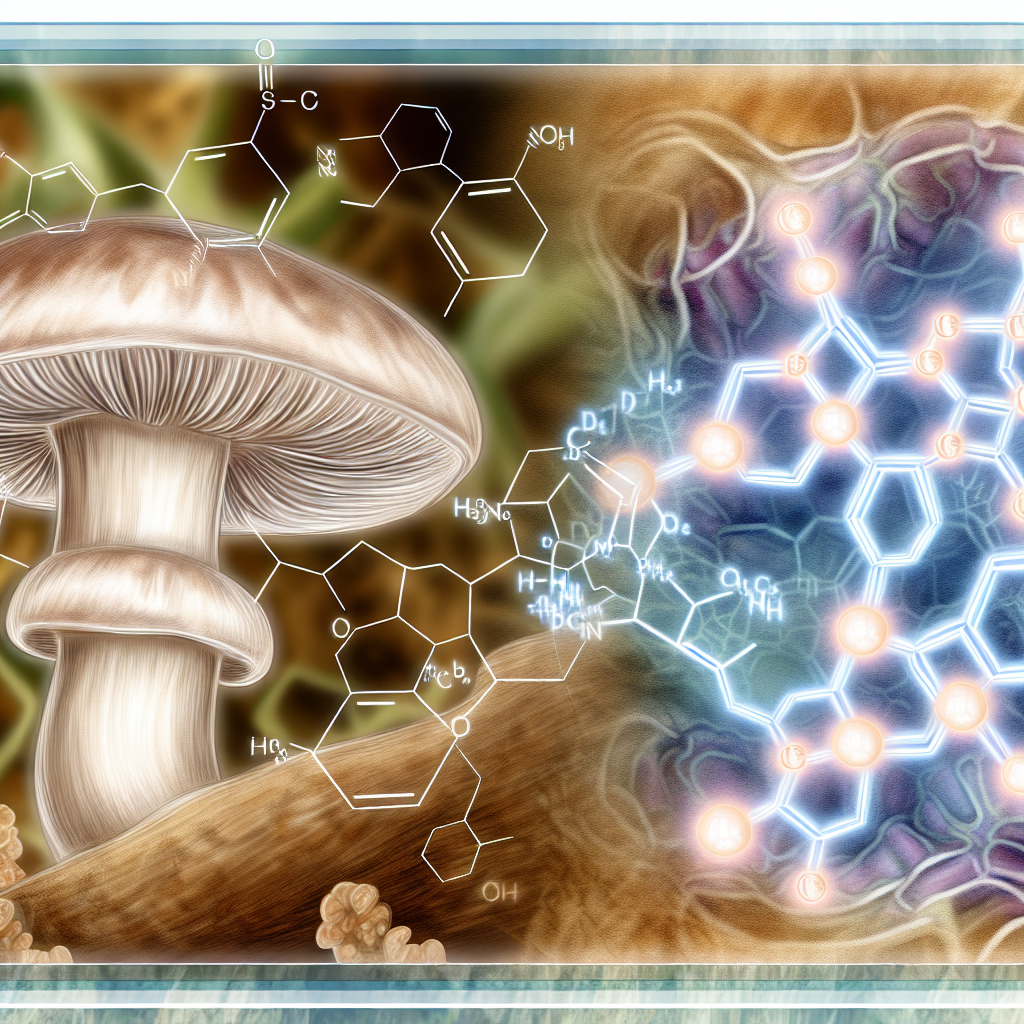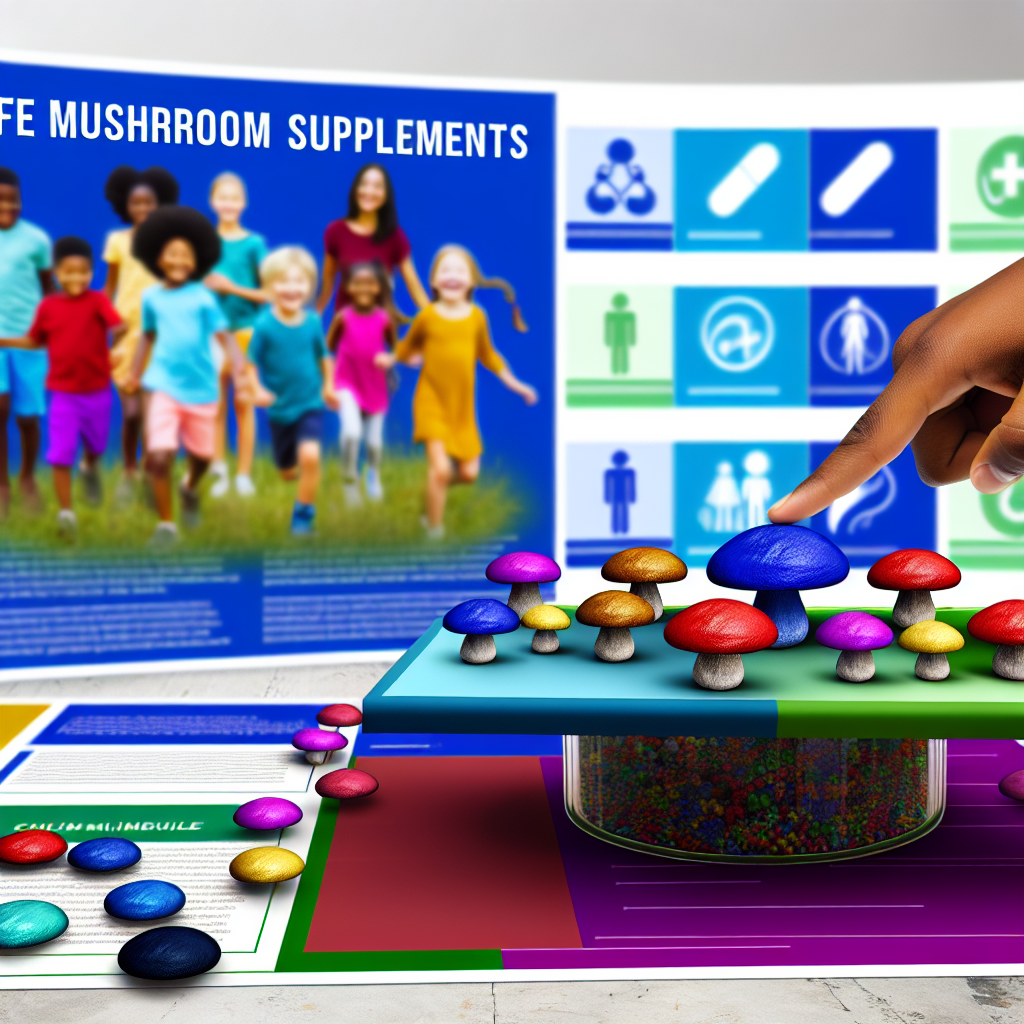Psilocybin Retreat Preparation: Set and Setting Optimization Techniques
As psilocybin-assisted therapy steadily moves from ancient traditions into modern clinical frameworks, the popularity of psychedelic retreats has surged globally. Shroom enthusiasts and wellness seekers alike are turning toward psilocybin retreats to explore personal growth, emotional healing, trauma processing, creativity, and spiritual insight. However, the transformative potential of these experiences heavily relies on two foundational pillars: set (your mindset) and setting (your environment).
Set and setting are not just casual terms—they are critical elements validated by decades of psychedelic research. They can significantly influence whether an experience is harmonious and healing or overwhelming and chaotic. Any individual preparing to attend a psilocybin retreat must understand how to deliberately align their internal and external environments to maximize therapeutic benefits.
Set refers to your internal psychological state—your expectations, intentions, fears, past traumas, and mental health. Setting refers to the physical and social environment in which the experience occurs, including the retreat’s ambiance, the facilitators, the natural surroundings, and even music played during the session.
Optimizing set and setting doesn’t happen overnight—it’s a process that begins weeks before you arrive. Preparation helps create a safe, meaningful journey. Participants who go through intentional emotional and environmental tuning often experience deeper insights and fewer feelings of anxiety or disorientation.
Whether you’re attending your first retreat or are a seasoned psychonaut in a medically supervised setting, proper set and setting preparation can dramatically enhance your journey. Renowned retreat locations like Jamaica, the Netherlands, and parts of South America operate legally and often blend scientific insight with indigenous wisdom. Today’s top retreat centers work with mental health professionals, offering personalized preparation that has become a hallmark of the best experiences.
What follows are the most effective set and setting techniques, backed by contemporary psychedelic science and expert insights. Prepare yourself consciously and safely—ensure your journey is transformative and grounded in intention.
Evidence-Based Optimization Techniques for Set and Setting
Research has consistently demonstrated that set and setting are the most predictive variables for outcomes in a psychedelic experience. A landmark 2008 study by Griffiths et al. in the Journal of Psychopharmacology found that participants who were psychologically prepared and supported in a safe physical space were more likely to report positive, life-transforming experiences with minimal negative psychological effects.
Best retreat centers now follow clinical preparation models from respected institutions like Johns Hopkins University and Imperial College London. These models include pre-experience screening, preparation counseling, supportive integration therapy, and curated settings designed to support emotional safety, insight, and healing.
1. Mindset Priming
To mentally prepare, professionals use tools like meditation, journaling, breathwork, and one-on-one facilitator sessions to help craft intentions and clear emotional blocks. These exercises activate the brain’s prefrontal cortex, which governs emotional regulation and introspection, making a participant more emotionally agile and aware during the journey.
2. Expectation Management
A common pitfall is having rigid expectations. A 2008 study by Johnson et al. emphasized that sessions should be approached with openness rather than fixed goals. Enter the journey with curiosity rather than control—it helps prevent resistance and disappointment when difficult themes emerge.
3. Environmental Curation
One of the most influential aspects of setting is your physical environment. Calm, intentional surroundings help reduce anxiety and improve the coherence of the experience. Facilitators often use soothing lighting, natural design, and guided music soundscapes to elevate the experience. Music, in particular, plays a key role. As supported by a 2015 study by Kaelen et al., it enhances emotional release and facilitates non-verbal communication with the subconscious mind.
4. Relational Safety
Supportive relationships within the retreat setting can profoundly affect the experience. Building trust with facilitators and bonding with fellow participants through rituals, shared meals, and group discussions enhances trust and reduces isolation. These communal practices help ground the individual and offer emotional anchoring if intense or challenging feelings emerge during the session.
5. Pre-Retreat Detoxification
Cleansing the body and mind before a retreat is recommended across both indigenous and medicalized settings. Minimizing alcohol, caffeine, processed foods, and screen time for at least 7–10 days before your retreat allows for greater emotional clarity and physical readiness. A cleaner system may also be more receptive to the mushroom’s effects, potentially increasing therapeutic outcomes.
6. Intentional Integration Planning
While technically a post-retreat activity, integration planning is undeniably part of a full set and setting strategy. Having post-retreat support in place—whether a therapist, coach, or integration circle—ensures that the insights gained during your journey take root. Integration bridges the psychedelic experience into actionable life change, reducing the risk of confusion or emotional dissociation in the weeks following your return.
By applying these techniques, participants lay the groundwork for greater emotional safety, clarity, and insight. Psilocybin journeys are deeply personal and their outcomes are sensitive to how well your internal and external landscapes are tended to.
Conclusion
Psilocybin retreats hold transformative potential, but that potential requires thoughtful preparation. Science-backed insights and real-world retreat experiences confirm that attention to set and setting significantly determines whether a journey is healing or destabilizing. By aligning mindset, curating serene environments, and fostering trusted relationships with facilitators or peers, you provide an informed, stable platform for psychedelic exploration. Emotional preparation is not a secondary step—it is a gateway to the profound healing these retreats can offer.
References
- Griffiths, R. et al. (2008). “Mystical-type experiences occasioned by psilocybin mediate the attribution of personal meaning and spiritual significance 14 months later.” Journal of Psychopharmacology.
- Johnson, M., Richards, W., & Griffiths, R. (2008). “Human hallucinogen research: guidelines for safety.” Journal of Psychopharmacology.
- Kaelen, M. et al. (2015). “LSD enhances the emotional response to music.” Frontiers in Psychology.
Concise Summary
Psilocybin retreats offer profound emotional and spiritual growth, but their success depends on careful preparation. This article outlines how optimizing “set” (mindset) and “setting” (environment) through techniques such as meditation, detox, expectation management, and environmental curation enhances the safety and quality of the experience. Drawing from leading psychedelic research and best practices, it emphasizes the importance of integration planning and emotional readiness. Whether attending retreats in Jamaica, the Netherlands, or South America, aligning inner and outer conditions is essential to unlock the healing power of psychedelics.

Dominic E. is a passionate filmmaker navigating the exciting intersection of art and science. By day, he delves into the complexities of the human body as a full-time medical writer, meticulously translating intricate medical concepts into accessible and engaging narratives. By night, he explores the boundless realm of cinematic storytelling, crafting narratives that evoke emotion and challenge perspectives. Film Student and Full-time Medical Writer for ContentVendor.com




